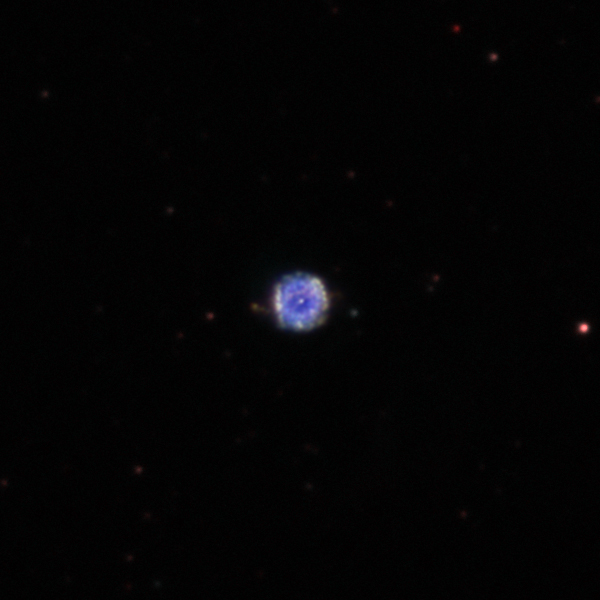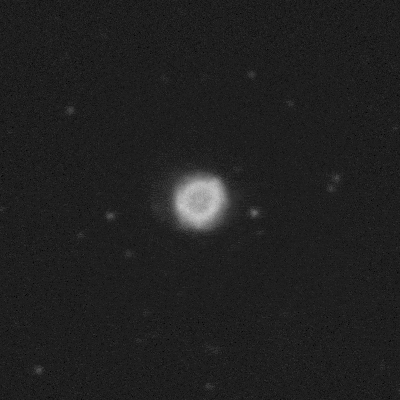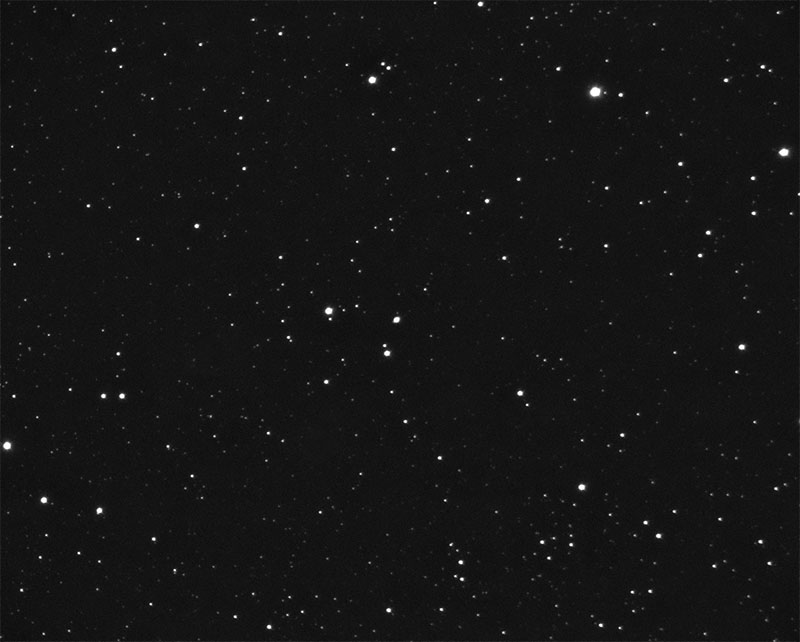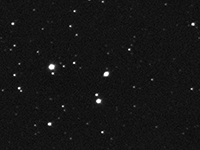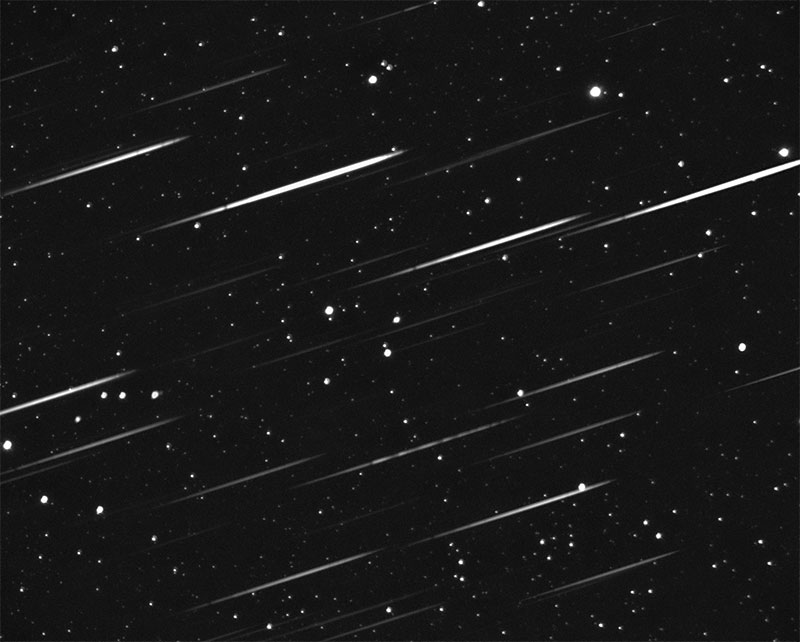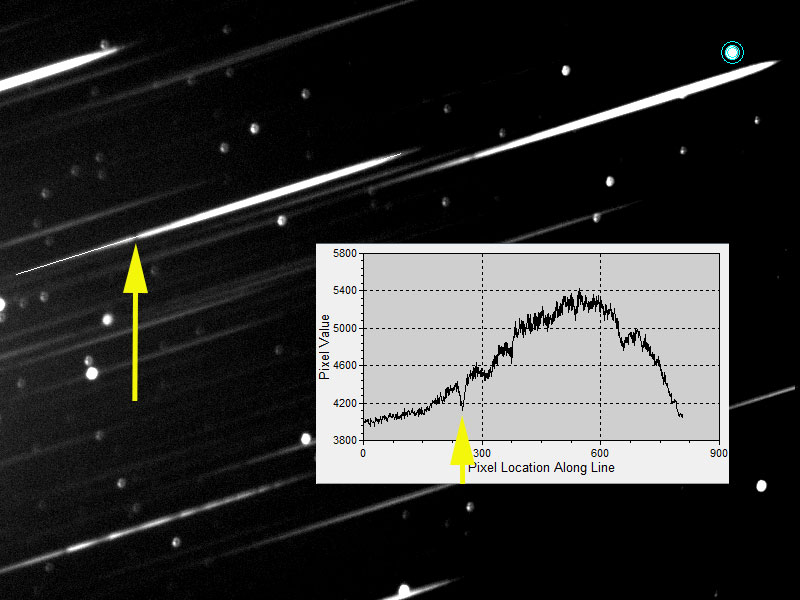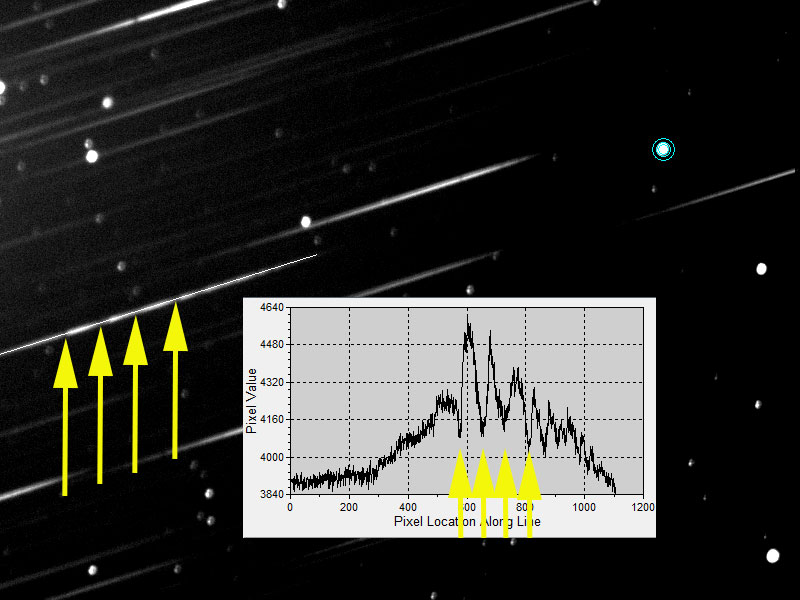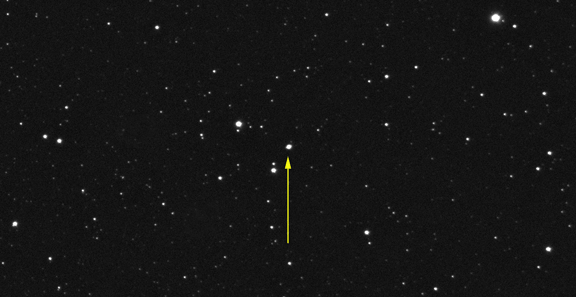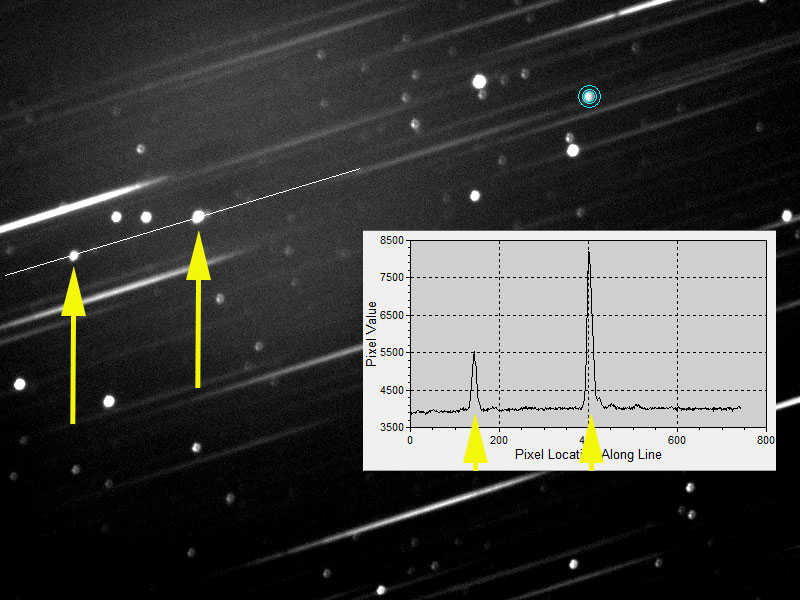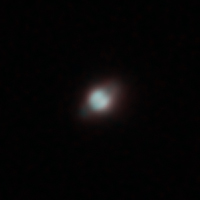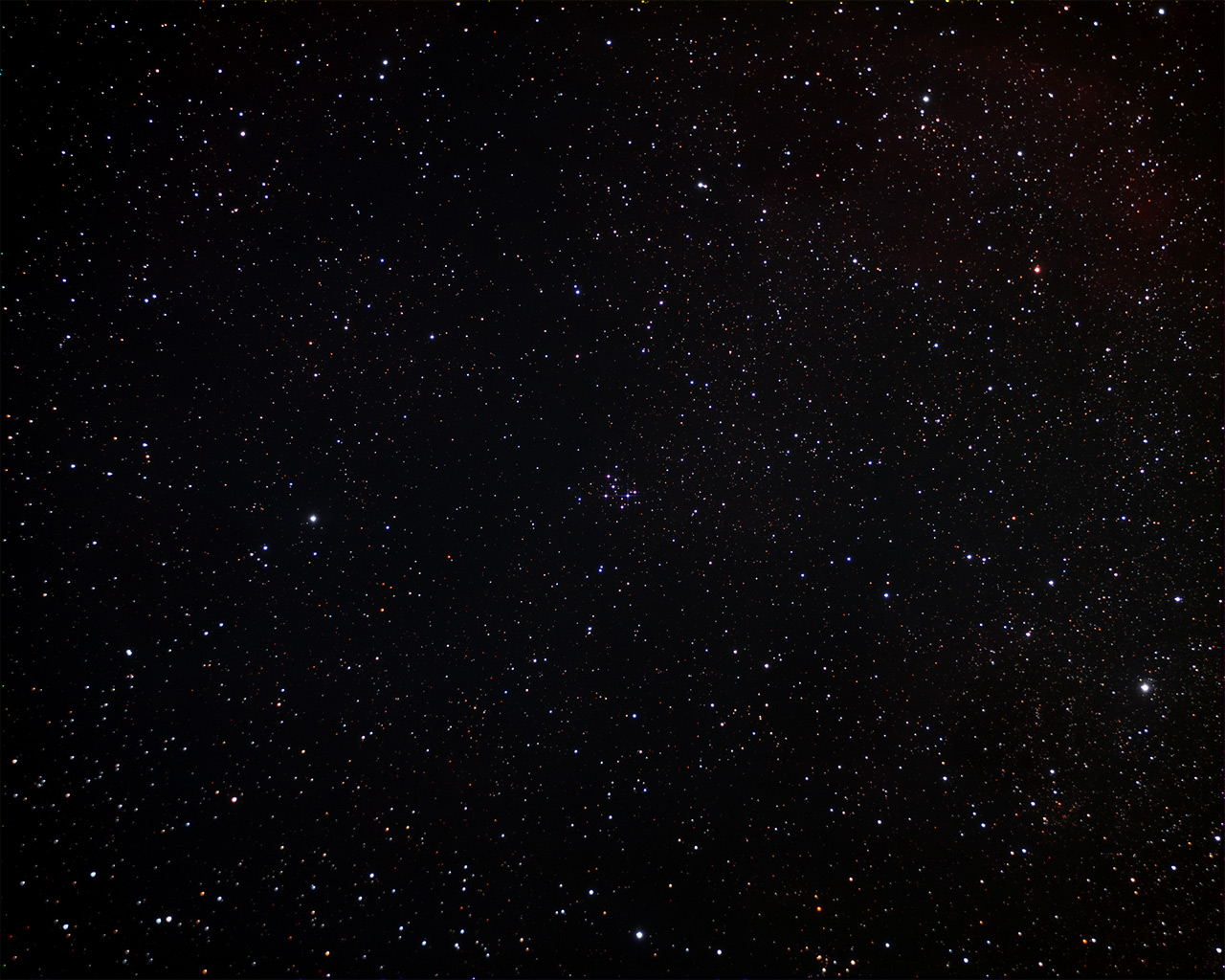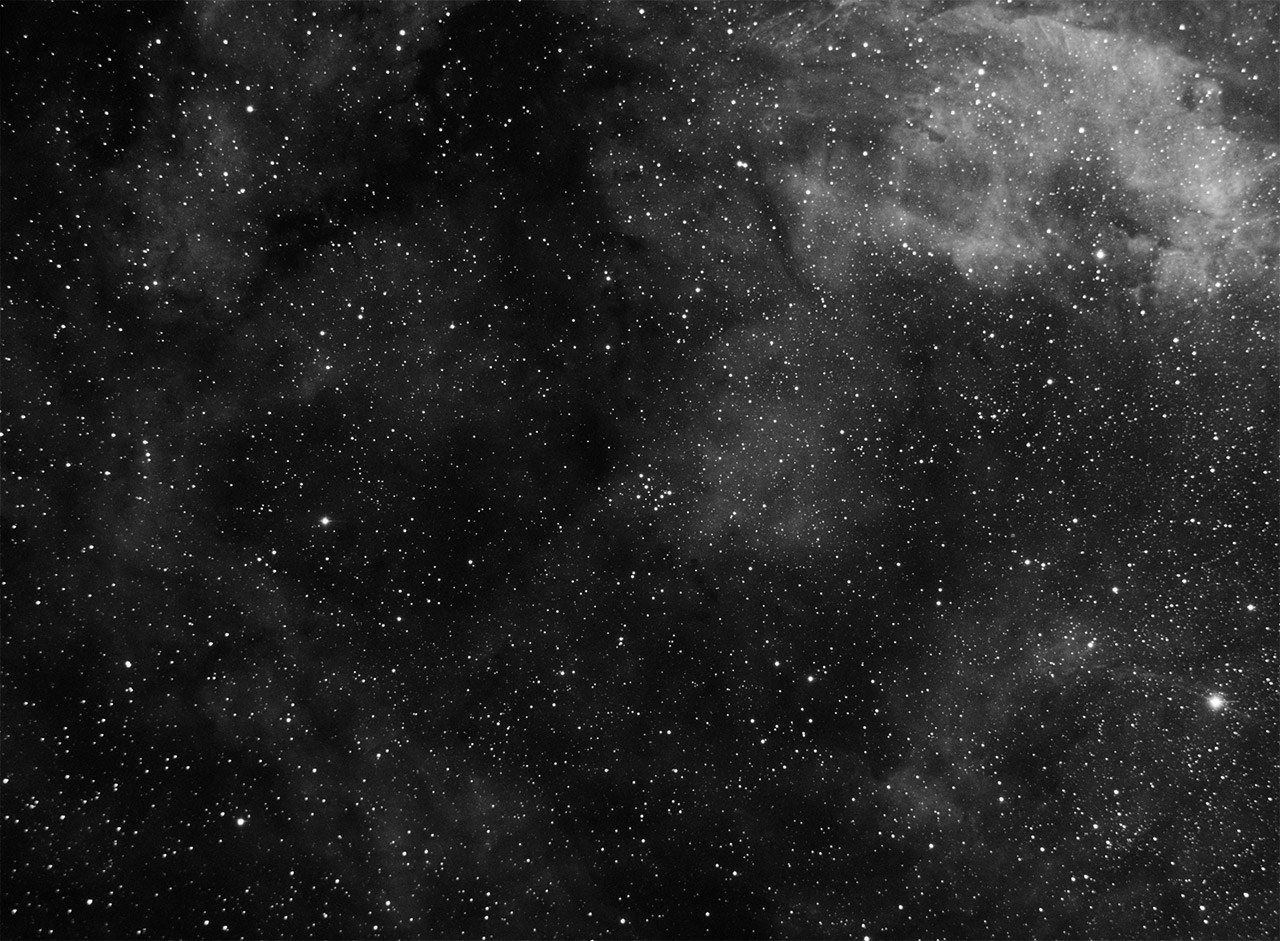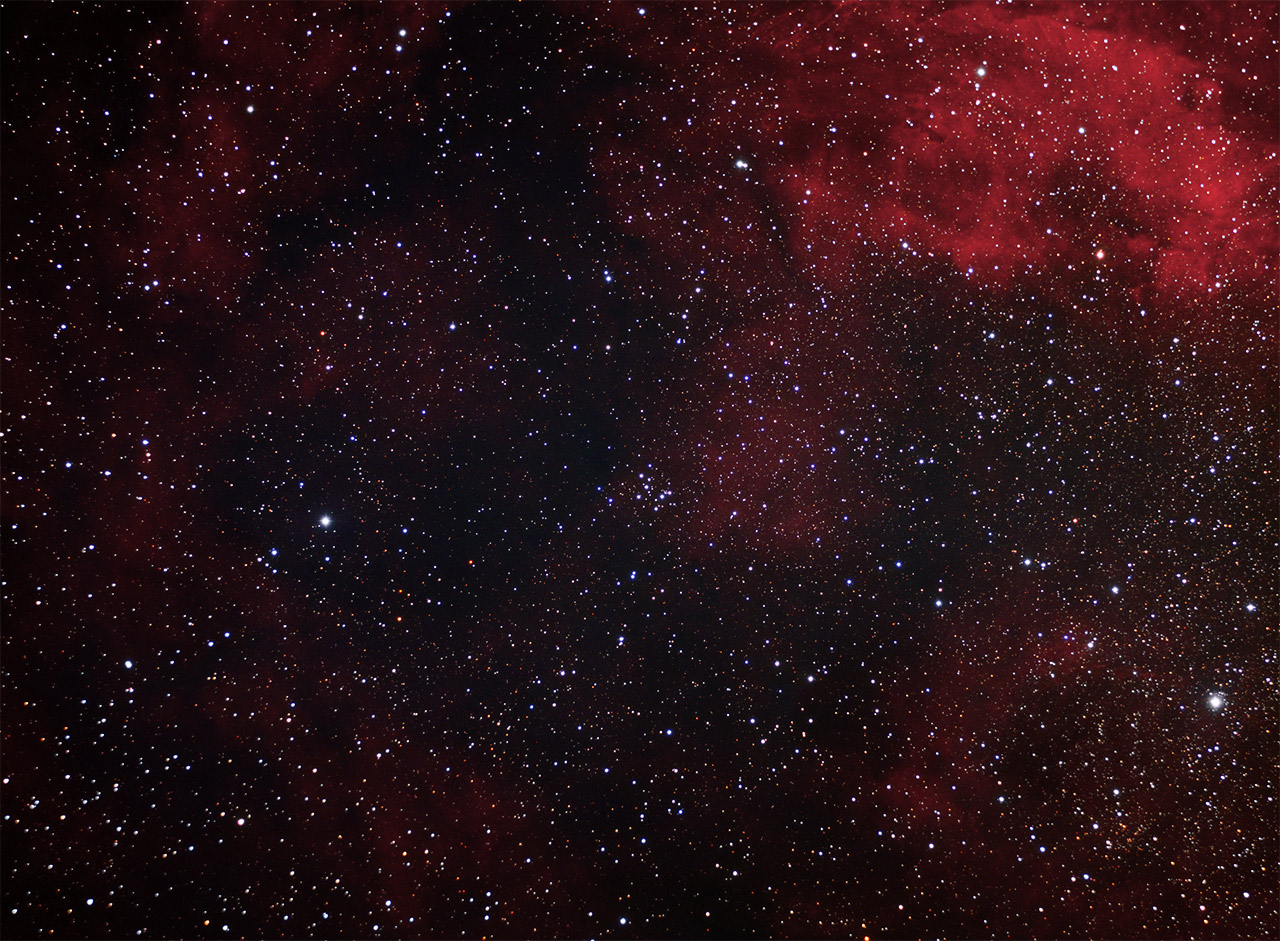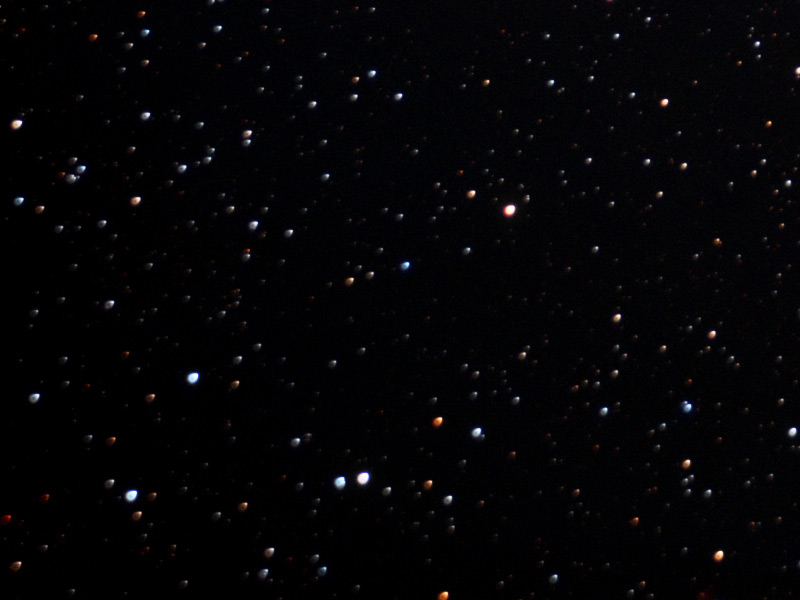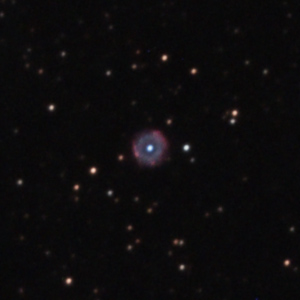 |
| RGB image, 2007 |
this image shows faint red jets to the sides
these did not enhance as dramatically in NII compared to Ha as typical red FLIERS do.
there is however, an unusual line of red NII enhancing pillars crossing just above the center.
also a hint of structured filaments/pillars surrounding the clearing around the central star
lots more detail, but perhaps less eye-like
progressively aggressive stretches of the OIII image shows at least 2 faint outer shells:
also a very faint smudge to the lower right.
This paper, in part based on this super deep image confirm the presence of the outer shells, one of which is interacting with the interstellar medium. The smudge to the lower right is apparently not part of the planetary nebula.
image details:
8" LX200R, SX Trius 694 0.4"/px
astrodon 3nm OIII, 3 nm NII, 5nm Ha filters
ASA DDM60
OIII 10 x 5 min, NII 10 x 5 min, Ha 6 x 5 minutes
8/31-9/30/2016
unusually good seeing.
The image is rotated south up to match the older image.
Eastbluff, CA
no calibration ;)
P.S.
a random field star showed a hint of OIII nebulosity around it when stretched aggressively
HD 177793
19 06 22.52288 -06 04 28.5941
wondering if it's a small planetary (or just my imagination)
there is a fair amount of random nebulosity in the field
couldn't find anything on it in SIMBAD
not sure how else to check
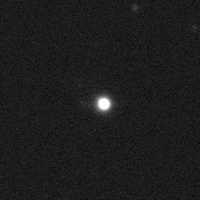 |
| HD 177793 |
